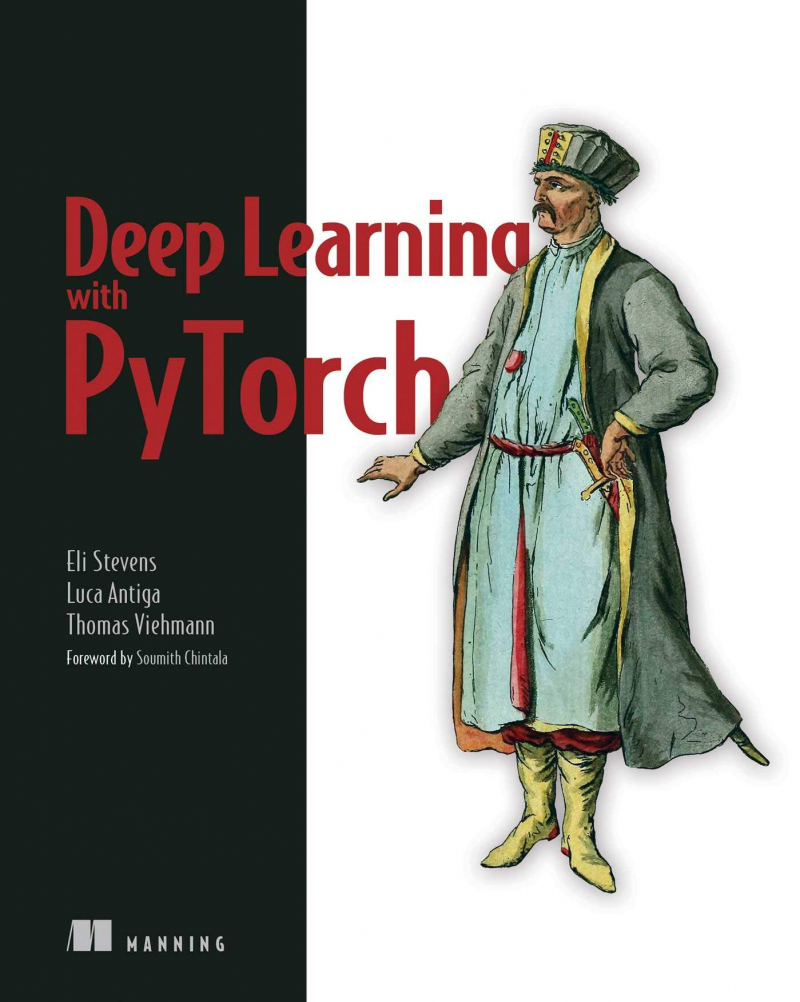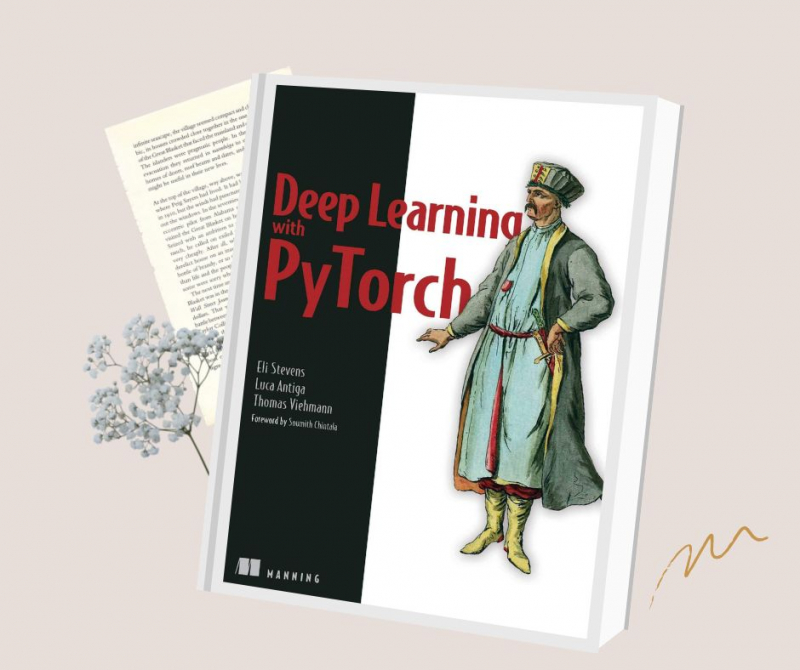Deep Learning with PyTorch
Eli Stevens has spent the most of his career with Silicon Valley startups, holding positions ranging from software engineer (creating enterprise networking appliances) through CTO (developing software for radiation oncology). He is currently working on machine learning in the self-driving car business.
Luca Antiga began his career as a biomedical engineering researcher in the 2000s and has spent the last decade as a cofounder and CTO of an AI engineering firm. He has contributed to a number of open source projects, including the backbone of PyTorch. He recently cofounded a firm in the United States that focuses on infrastructure for data-defined software.
Thomas Viehmann is a PyTorch core developer and machine learning and PyTorch speciality educator and consultant based in Munich, Germany. With a PhD in mathematics, he is not afraid of theory, but he is very practical when it comes to computing issues.
Every other day, the authors learn about new applications for deep learning: enhanced medical imaging, accurate credit card fraud detection, long-term weather forecasting, and so on. PyTorch grants you these superpowers. PyTorch, which is instantly familiar to anyone who has used Python data tools such as NumPy and Scikit-learn, simplifies deep learning without compromising complex functionality. It's wonderful for quickly creating models, and it scales well from laptop to business.
Among the best books on computer neural networks, Deep Learning with PyTorch shows you how to use PyTorch to build deep learning and neural network systems. This practical book gets you started straight away by teaching you how to design a tumor image classifier from scratch. After learning the fundamentals, you'll move on to best practices for the whole deep learning pipeline, tackling advanced tasks as your PyTorch abilities improve. All code samples are accessible through downloadable Jupyter notebooks.
What You Will Discover:
- Understanding data structures used in deep learning, such as tensors and neural networks
- Best practices for the PyTorch Tensor API, data loading in Python, and visualization of results
- Modules and loss functions are being implemented.
- Using PyTorch Hub's pretrained models
- Methods for training neural networks with few inputs
- Sifting through untrustworthy results to diagnose and repair neural network issues
- Enhance your outcomes by using more data, improved model design, and fine tuning.
This book is intended for Python programmers with a passion for machine learning. There is no prior knowledge of PyTorch or other deep learning frameworks necessary.
Author: Eli Stevens, Luca Antiga and Thomas Viehmann
Link to buy: https://www.amazon.com/Deep-Learning-PyTorch-Eli-Stevens/dp/1617295264/
Ratings: out of 5 stars (from reviews)
Best Sellers Rank: #102,303 in Books
#19 in Computer Algorithms
#22 in Machine Theory (Books)
#22 in Computer Neural Networks














